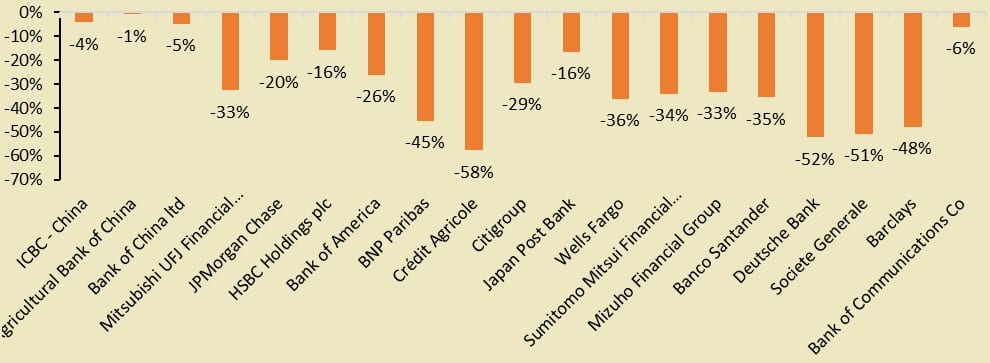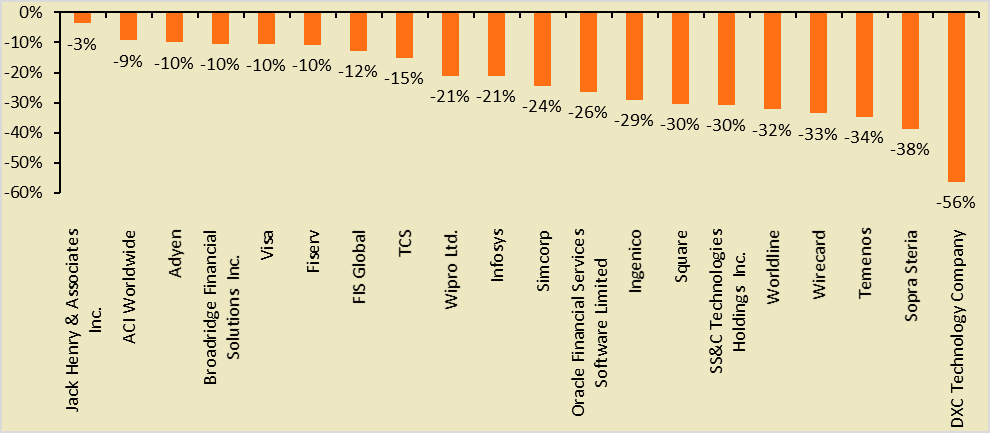Zero-MDR to create sustainable business model for digital payments ecosystem
 By Gaurav Tiwari, FinTech Expert & Former Head Digital at Jio Payments Bank
By Gaurav Tiwari, FinTech Expert & Former Head Digital at Jio Payments Bank
During the Union Budget last year, India had introduced a Zero-MDR regime to boost digital transactions. According to the system, businesses (with turnover higher than INR 500 million) should provide customers with low-cost digital modes of payment and mandated banks to levy zero charges on the same. Most of the payment companies and banks are up in arms against Zero-MDR, fearing loss of revenue, and had been lobbying with the Government to defer it for some time. With the outbreak of the COVID19 virus, the discussions around MDR have intensified further.
WHAT IS MDR?
First, let’s understand what MDR is and what is important for payment providers. MDR or Merchant Discount Rate is the money that is paid by a merchant to the payment ecosystem used in facilitating the transaction. All the parties involved in the value chain–acquirer, interchange, and issuer get their share from this MDR, including the third party technology or operations service providers used by these parties. MDR is typically a small percentage of transaction value, somewhere between 0.8 percent to 3 percent. Essentially what it means is that when you pay a merchant INR 100 using your credit card, the merchant gets only INR 97, while INR 3 gets divided between all others involved in facilitating this exchange.
WHAT IS THE DEBATE?
Why would a merchant agree to take a cut in his/her income to facilitate the transaction? After all, it is the merchant who drives the mode of transaction and not the other way around. How often have you refused to deal with a merchant because he did not accept your credit card? You find a way to pay that merchant agrees, and you continue with your purchase. Then what is the answer? In a credit card ecosystem, the card company facilitates the purchase by offering instant credit to the customer by taking a risk on the transaction. This risk taken by the issuer enables the purchase to go through, which may not have happened in case the credit was not issued at the time of the transaction. Now, here is something for the merchant to gain; he is winning a sale, which may not have happened otherwise. That is the reason the merchant doesn’t mind paying that MDR. Now issuer alone cannot support this massive ecosystem, and a part of it is distributed among other participants in the ecosystem.
If the MDR supported the technology and operational cost for running the ecosystem, it would have been a flat fee and not a percentage of the transaction amount because the cost of processing a transaction remains more or less the same irrespective of the transaction amount. So the primary reason a merchant agrees to pay MDR is that the issuer is taking a risk on the transaction by issuing an instant credit to facilitate the purchase. Larger the amount, more significant the risk for the issuer.
WHY ZERO-MDR IS NECESSARY?
Then came the debit cards for customers to access the funds parked in their savings and current accounts. Instead of reinventing the wheel, they decided to ride on the same infrastructure set-up for credit cards to facilitate debit card transactions as well. But then they got too lazy and even copied the same MDR based business model. In case of debit cards customer has already parked funds in banks and banks are making more money from that money and it is the responsibility of banks to facilitate access of funds in his/her bank account to its customer. Banks do not want customers to line up in the branches because that is the most expensive mode of transaction for banks, to save that cost banks have set up the digital infrastructure to provide easy access to customers, and this also includes POS/Payment Gateway infrastructure.
I am of the view that the MDR model is excellent for the credit card universe. However, it does not make any logical sense for debit card transactions, and issuer banks should bear the cost of these transactions instead of passing that cost to merchants or customers in any way. Issuer banks should pay interchange and acquirers on a fixed fee basis, and then acquirers should compensate their technology and operations partners from their share. Interchanges as the bodies at the center of all this should facilitate the working of a reasonable compensation mechanism for sustainable ecosystem growth.
The payments industry had been running on this illogical model for far too long, and everyone has accepted it as a norm. The zero MDR move by the Government should work as a catalyst to drive this change and implement a more logical and sustainable business model, not designed to unreasonably favor the banks. Banks should not be allowed to only benefit from this entire ecosystem, while other partners share the whole burden of cost. I hope NPCI, the umbrella body for all payment companies, leads the way with support from RBI and Finance Ministry to arrive at an agreeable solution that doesn’t ruin the payment facilitators and force them out of business. If that happens, the customer will be the biggest loser.
(Disclaimer: The views and opinions expressed in this article are those of the author and do not necessarily reflect the views of IBS Intelligence.)






 By Bhavin Turakhia,
By Bhavin Turakhia,